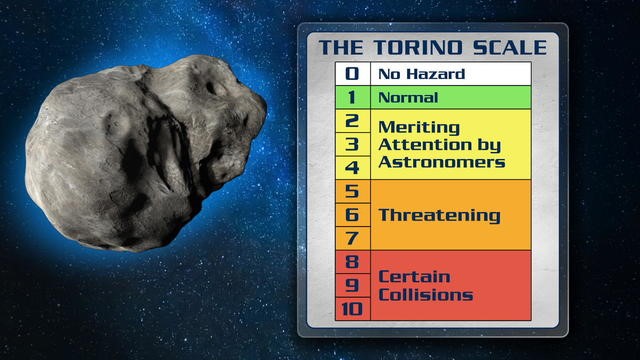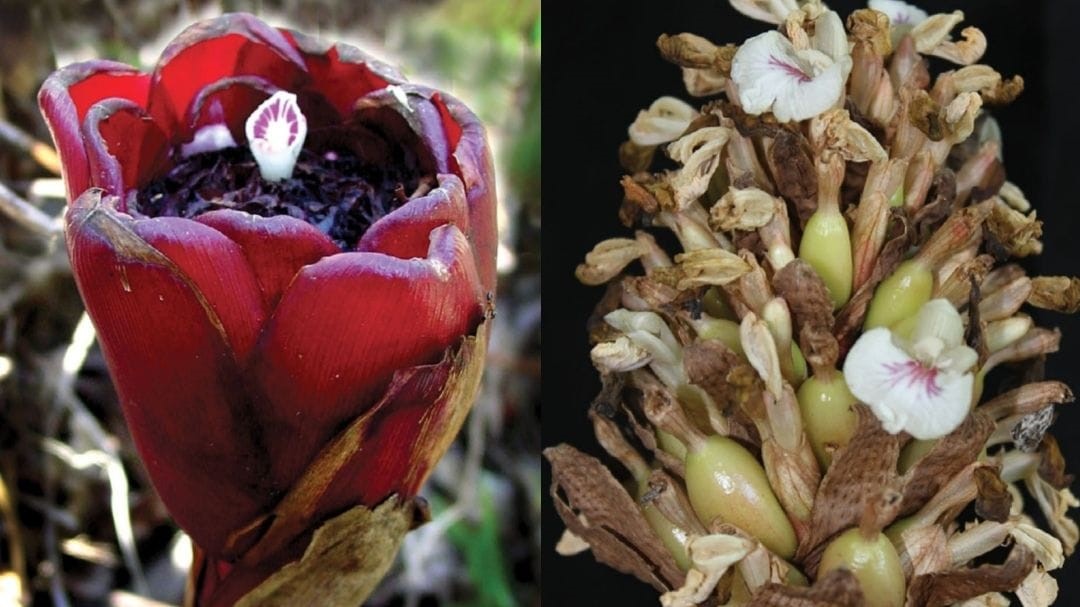Why in News?
National Aeronautics and Space Administration (NASA) officials said that 2024 YR4 has slightly more than 1% chance of crashing into Earth in 2032.
Apophis asteroid, which was discovered in 2004, was initially rated 4 on the scale but was later downgraded as observations showed that it posed no threat for at least 100 years.
Torino Scale

Why in News?
The United States of America’s Administration recently decided to put an end to United States Agency of International Development.
Why in News?
Recently, an international team of researchers have identified 2 new species that are close cousins to green cardamom.
Elettaria Facifera
Elettaria Tulipifera

The Hindu| 2 New Green Cardamom Species
Why in News?
First case of deadly henipavirus found in North America.
Camp Hill virus, a type of henipavirus has been found in the northern short-tailed shrews, a small mammal commonly found in Canada and the US.
|
One Liners 04-02-2025 |
|
Polity & Governance |
|
Samudrayaan Project
Mission Mausam
Chintan Shivir 2.0
National Mission on Cultural Mapping (NMCM)
Adopt a Heritage Scheme
|
|
Economy |
|
Bureau of Indian Standards (BIS)
Memorandum of Understanding (MoU) Signed for Financial Literacy Program
|
|
Agriculture |
|
National Policy on Biofuels
Makhana Board Union Budget 2025, announced that a 'Makhana Board' will be set up in Bihar.
|
|
Environment |
|
International Big Cat Alliance (IBCA)
|